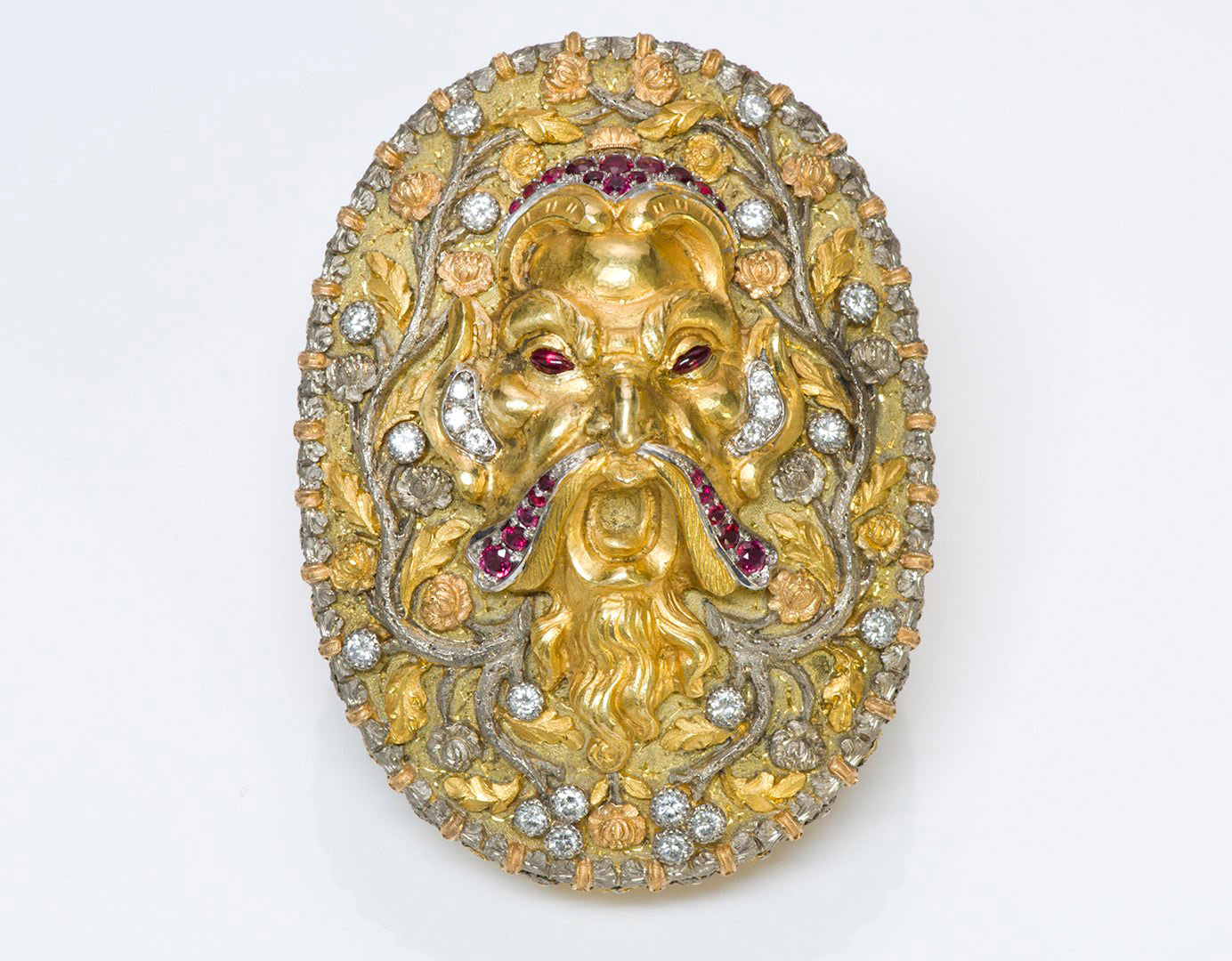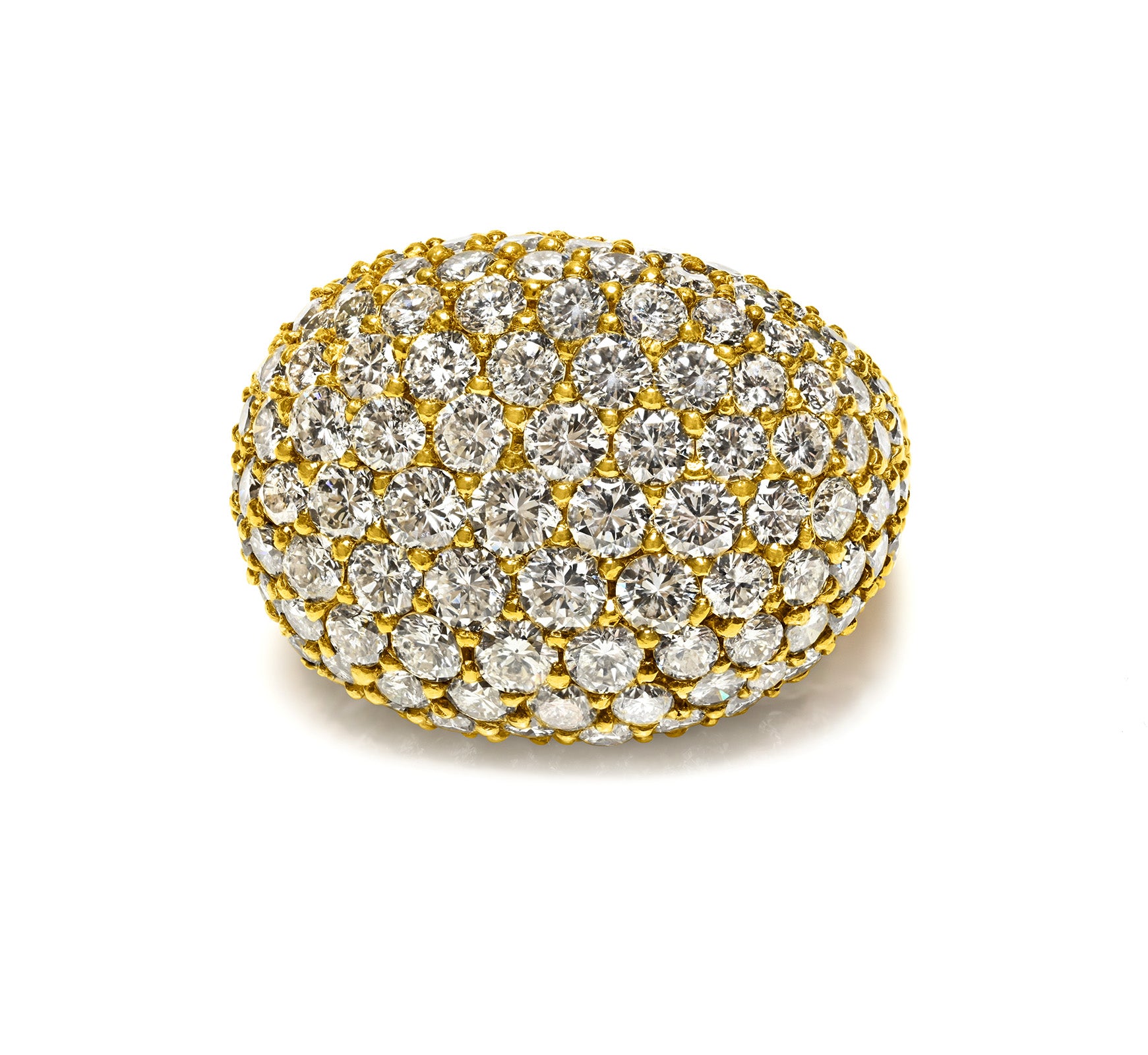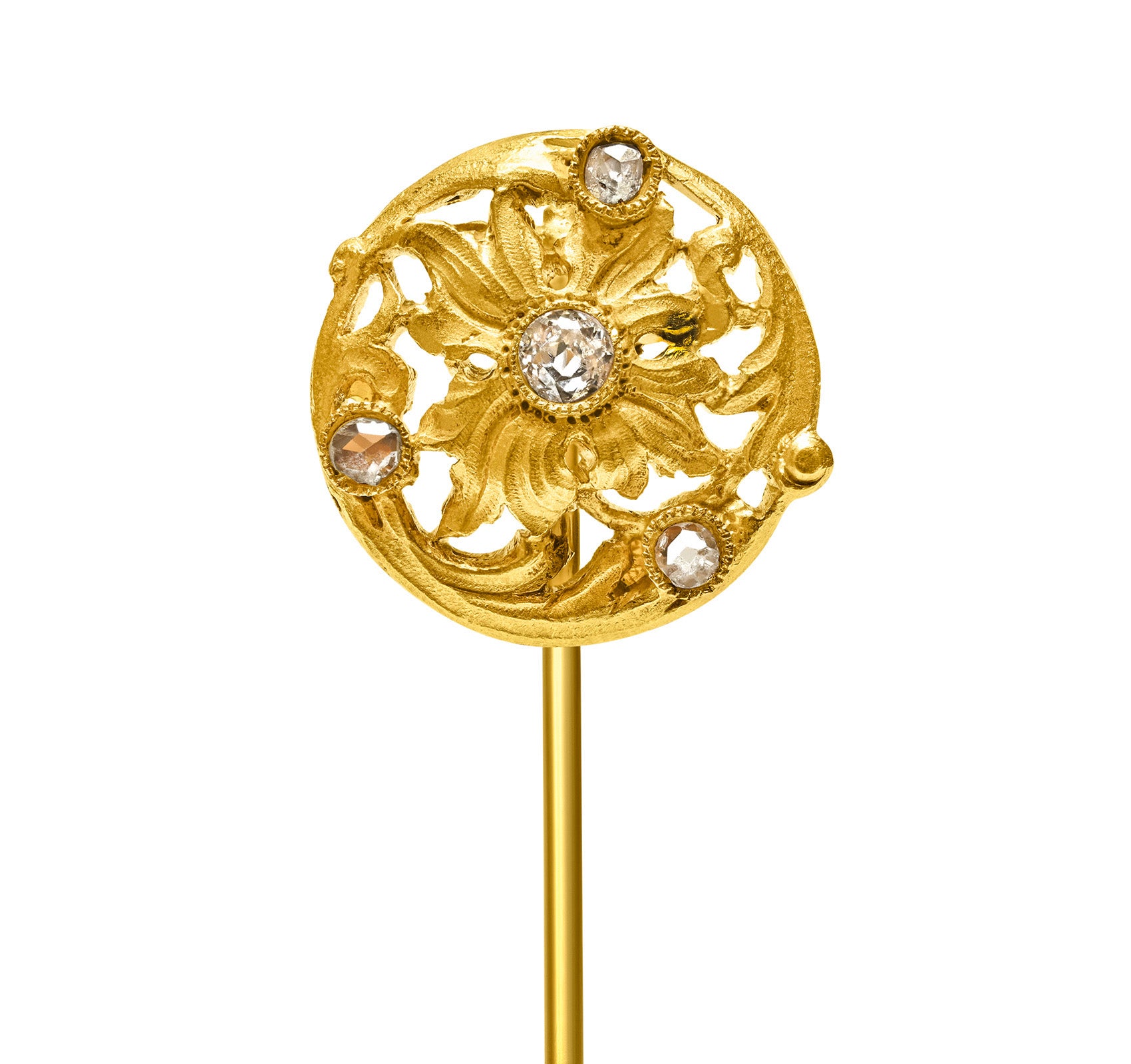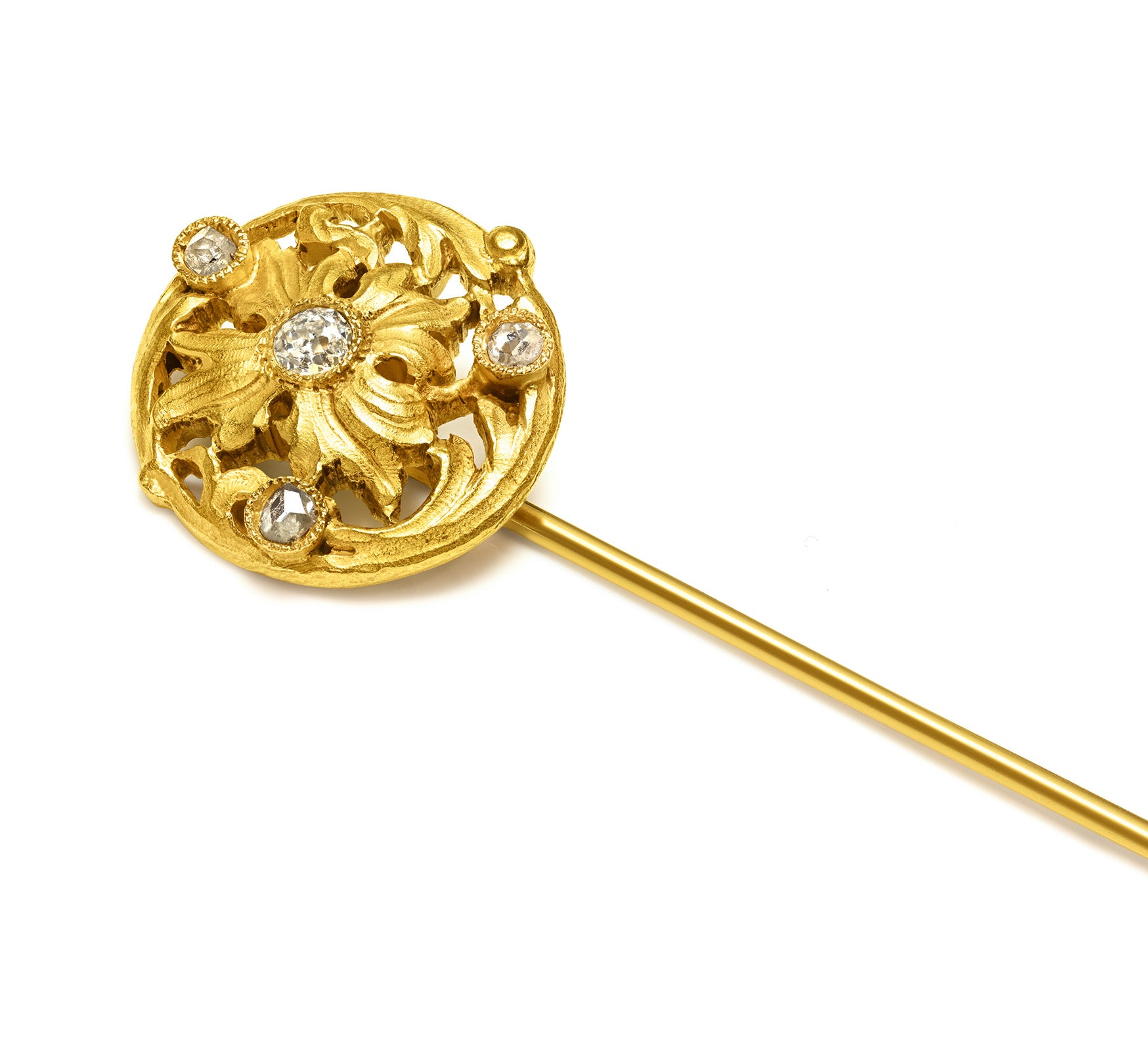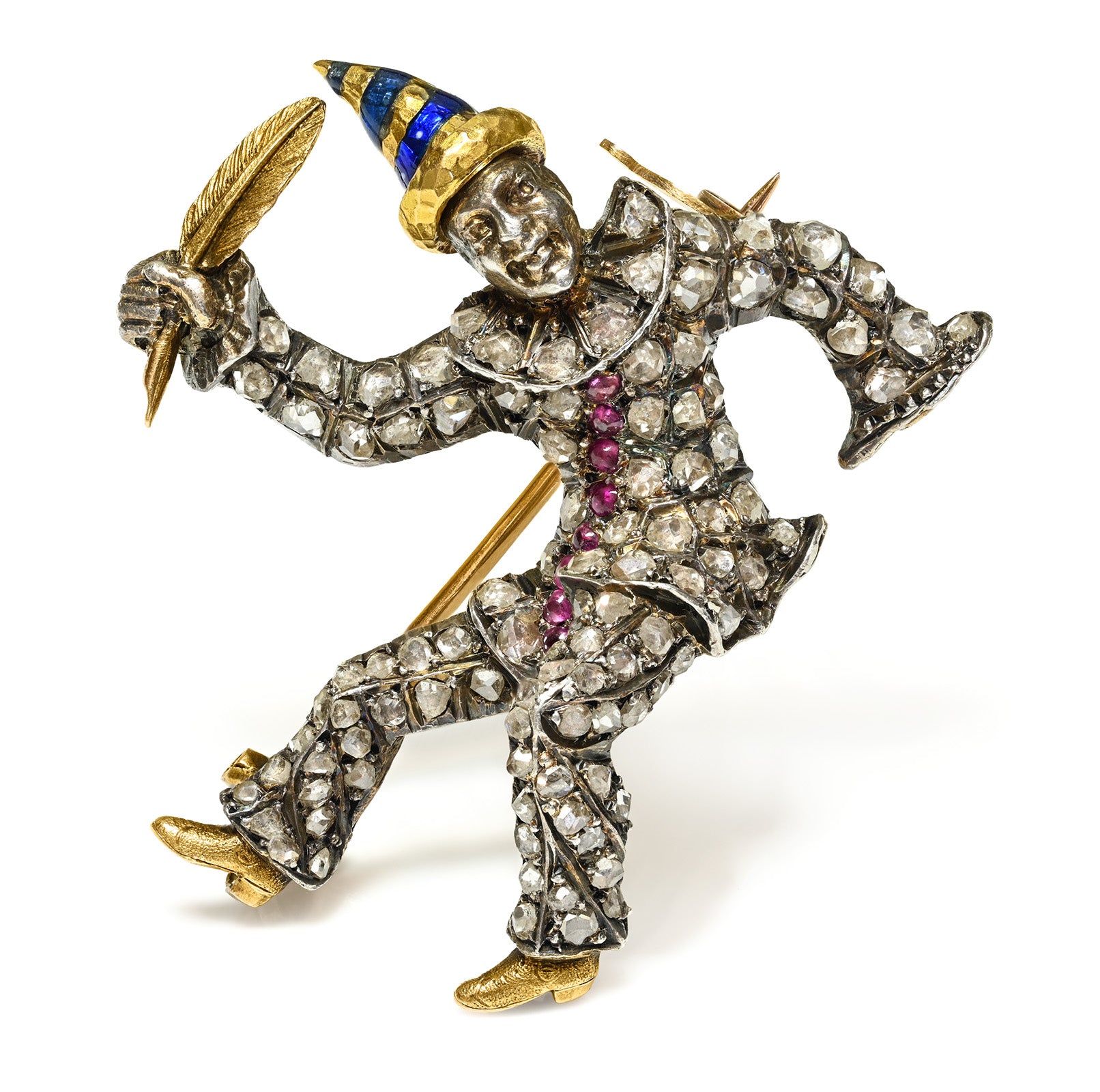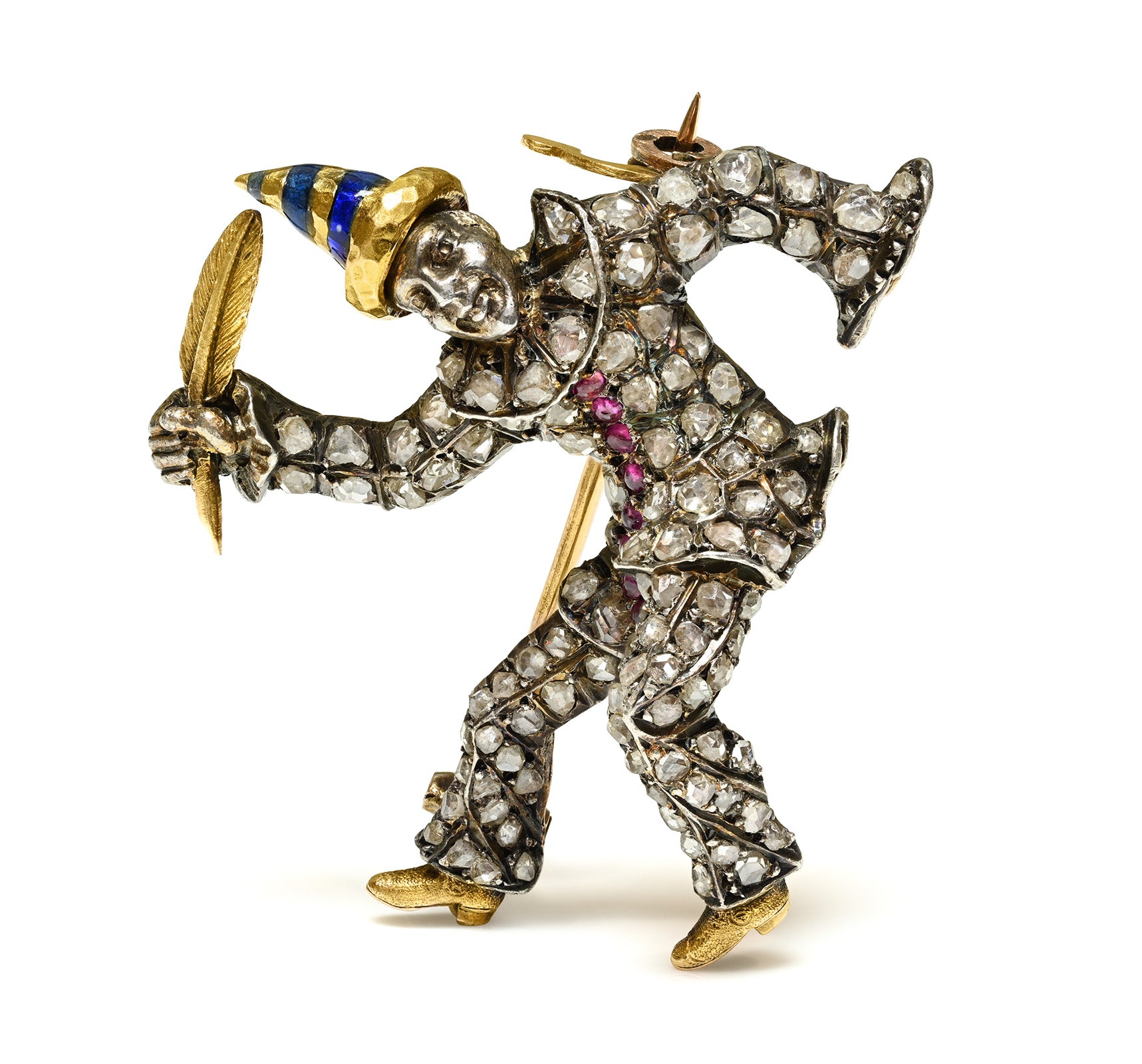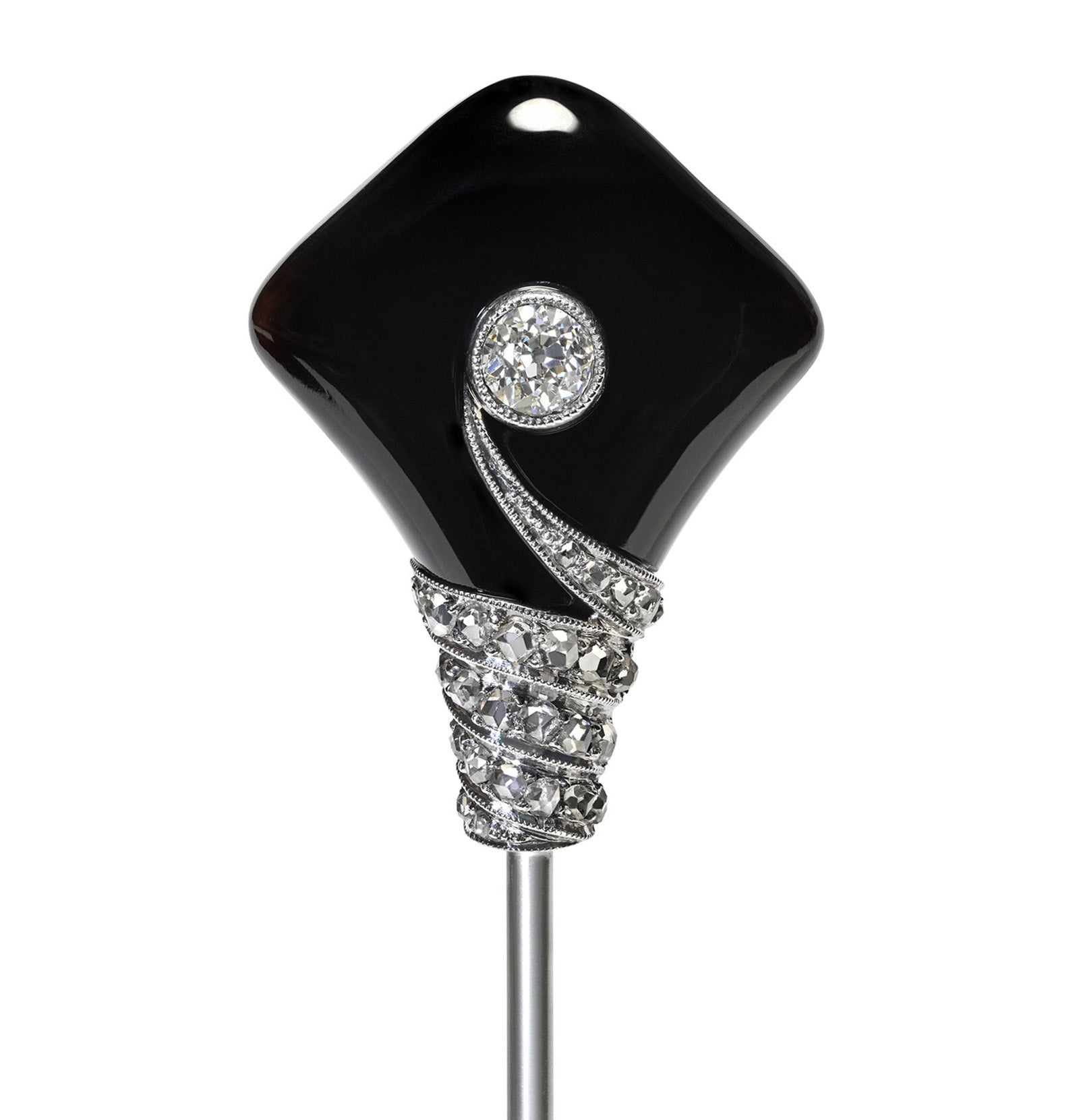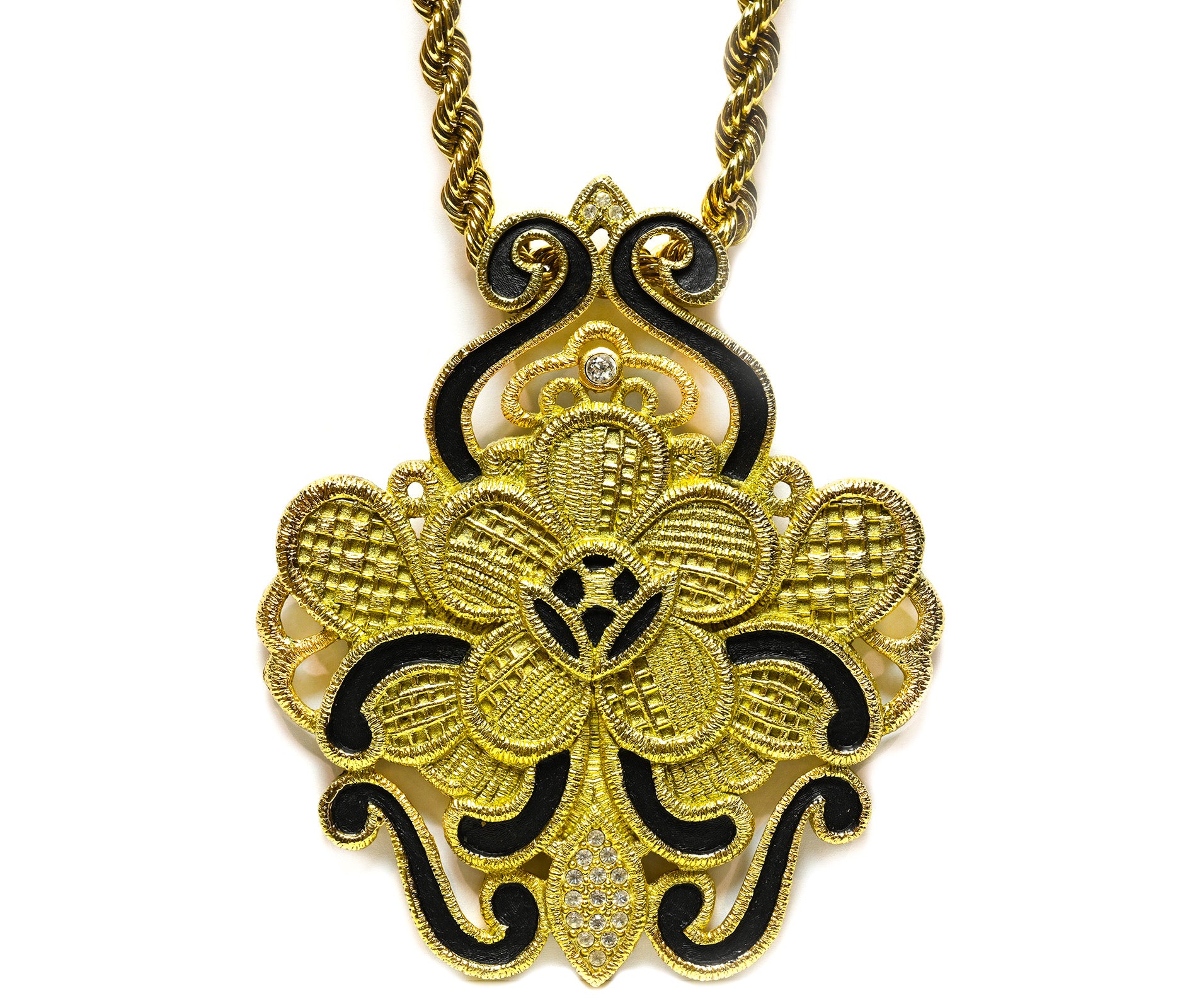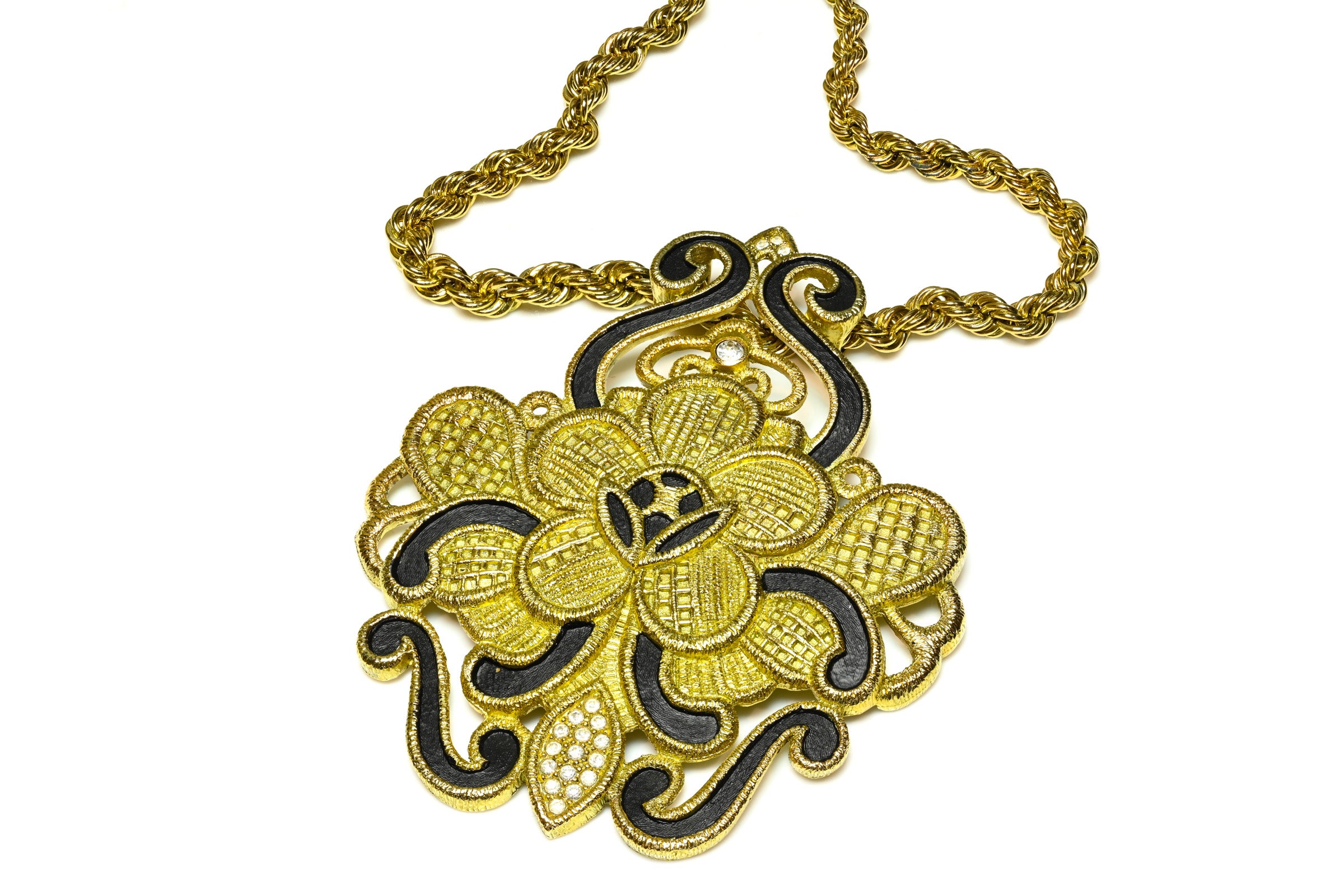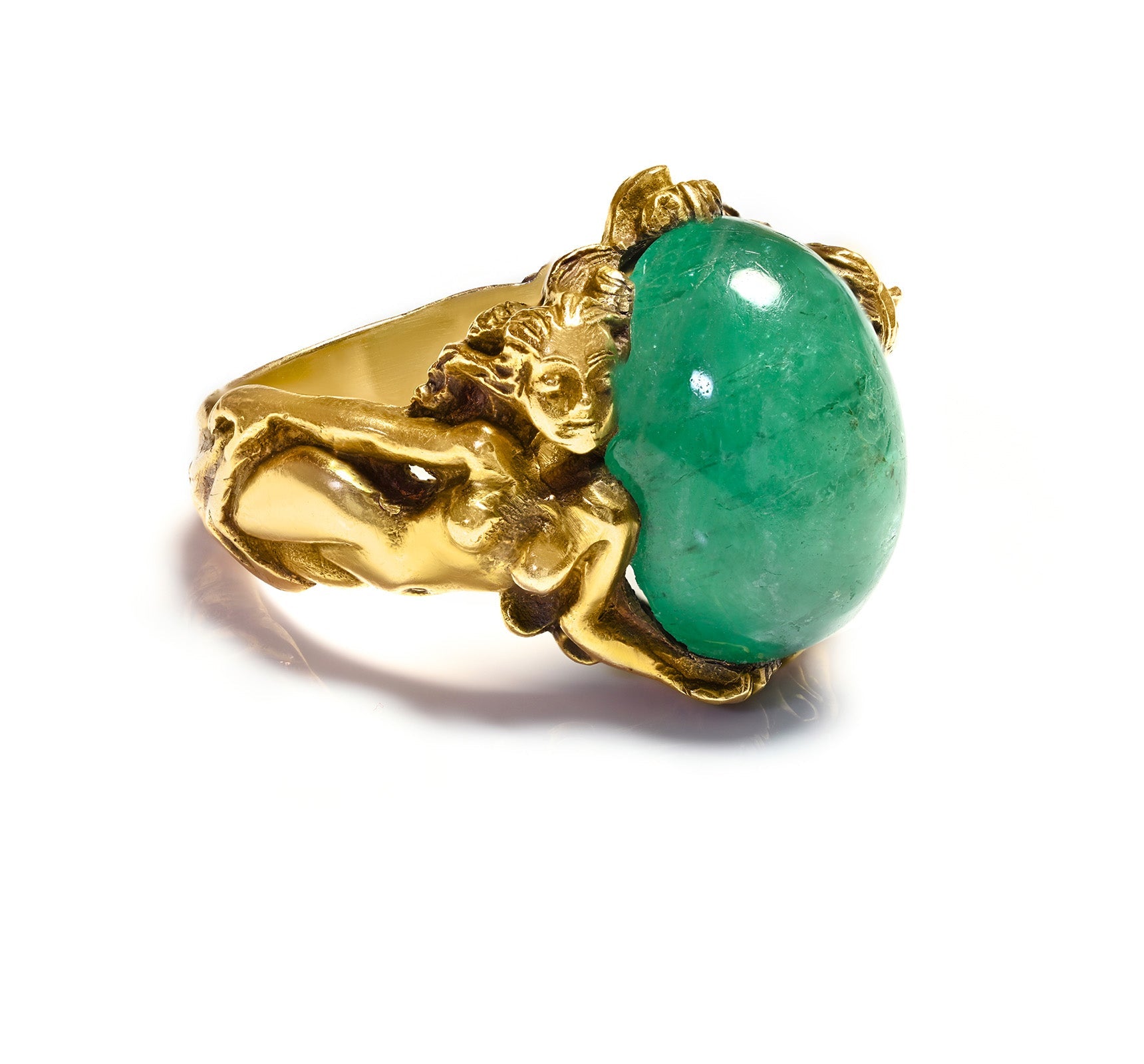
Emerald: The History of the "Stone of Love and Truth"
Emeralds, a prominent member of the gemstone "crown" alongside diamonds, sapphires, and rubies, are renowned not only for their breathtaking beauty but also for their deep symbolic significance. This precious gem represents loyalty, new beginnings, peace, and security, and has long been associated with love and truth.
Legend has it that the emerald, famously linked to the iconic Queen Cleopatra, is believed to strengthen the spirit and aid in overcoming adversity.
Emerald: Magic & Metaphysics
Emeralds form when trace amounts of chromium or, occasionally, vanadium are incorporated into the mineral beryl (Be3Al2(SiO3)6), classifying them as cyclosilicates.
On the Mohs hardness scale, beryl ranks between 7.5 and 8. However, due to the numerous inclusions often found in emeralds, their hardness is generally considered poor.

The term "emerald" originates from Vulgar Latin "esmaralda/esmaraldus," a variant of Latin "smaragdus." The word "emerald" first appeared in the fourteenth century, according to Webster's Dictionary.
Emeralds are considered stones of life affirmation, offering patience, wisdom, inspiration, and balance. They are believed to facilitate the giving and receiving of unconditional love, thereby fostering friendship, peace, and joy within the home.
This gem is thought to enhance both cerebral and creative abilities, provided it is not opaque. Emeralds heighten awareness and concentration.
Emeralds also help the body eliminate free radicals, contributing to overall health and vitality. They are reputed to support and strengthen the kidneys and heart, while also improving neurological and circulatory functions.
Physical Properties
The four fundamental criteria used to grade emeralds are color, clarity, cut, and carat weight—commonly referred to as "the four Cs." A high-quality emerald must exhibit both exceptional transparency and a pure, verdant green hue.
Emeralds, part of the classic "big four" gemstones along with sapphires, diamonds, and rubies, are evaluated based on their color spectrum, ranging from yellow-green to blue-green, with green being the dominant color.
Emeralds often have secondary hues of yellow and blue. The term "green beryl" refers to lighter-toned gems, while only those with medium to dark tones qualify as emeralds.
Top-quality emeralds typically have a tone of around 75% on a scale from 0% (colorless) to 100% (opaque black). An ideal emerald also boasts a vivid hue and strong saturation, though the typical saturation mask is gray. A dull green hue is referred to as grayish-green.
Clarity
Emeralds commonly feature surface-breaking cracks and multiple inclusions. Unlike diamonds, where clarity is assessed with a loupe, emerald clarity is evaluated by the naked eye. Thus, an emerald is considered flawless if it appears free of obvious imperfections.
Given the rarity of surface-breaking, fissure-free stones, nearly all emeralds undergo treatment to enhance their apparent clarity.
Cut
Emeralds are often cut into cabochon shapes due to their non-uniformity. Faceted cuts, such as the oval or the distinctive emerald cut—rectangular with facets on all sides—are also popular.
Treatments
Most emeralds are treated with oil to enhance clarity and stability by filling in surface-reaching fractures. Cedar oil, with a refractive index similar to emeralds, is commonly used. Other treatments include synthetic oils and polymers like Opticon. Epoxy resins are also used for less expensive emeralds.
Legend has it that the emerald, famously linked to the iconic Queen Cleopatra, is believed to strengthen the spirit and aid in overcoming adversity.
Emerald: Magic & Metaphysics
Emeralds form when trace amounts of chromium or, occasionally, vanadium are incorporated into the mineral beryl (Be3Al2(SiO3)6), classifying them as cyclosilicates.
On the Mohs hardness scale, beryl ranks between 7.5 and 8. However, due to the numerous inclusions often found in emeralds, their hardness is generally considered poor.

The term "emerald" originates from Vulgar Latin "esmaralda/esmaraldus," a variant of Latin "smaragdus." The word "emerald" first appeared in the fourteenth century, according to Webster's Dictionary.
Emeralds are considered stones of life affirmation, offering patience, wisdom, inspiration, and balance. They are believed to facilitate the giving and receiving of unconditional love, thereby fostering friendship, peace, and joy within the home.
This gem is thought to enhance both cerebral and creative abilities, provided it is not opaque. Emeralds heighten awareness and concentration.
Emeralds also help the body eliminate free radicals, contributing to overall health and vitality. They are reputed to support and strengthen the kidneys and heart, while also improving neurological and circulatory functions.
Physical Properties
The four fundamental criteria used to grade emeralds are color, clarity, cut, and carat weight—commonly referred to as "the four Cs." A high-quality emerald must exhibit both exceptional transparency and a pure, verdant green hue.
Emeralds, part of the classic "big four" gemstones along with sapphires, diamonds, and rubies, are evaluated based on their color spectrum, ranging from yellow-green to blue-green, with green being the dominant color.
Emeralds often have secondary hues of yellow and blue. The term "green beryl" refers to lighter-toned gems, while only those with medium to dark tones qualify as emeralds.
Top-quality emeralds typically have a tone of around 75% on a scale from 0% (colorless) to 100% (opaque black). An ideal emerald also boasts a vivid hue and strong saturation, though the typical saturation mask is gray. A dull green hue is referred to as grayish-green.
Clarity
Emeralds commonly feature surface-breaking cracks and multiple inclusions. Unlike diamonds, where clarity is assessed with a loupe, emerald clarity is evaluated by the naked eye. Thus, an emerald is considered flawless if it appears free of obvious imperfections.
Given the rarity of surface-breaking, fissure-free stones, nearly all emeralds undergo treatment to enhance their apparent clarity.
Cut
Emeralds are often cut into cabochon shapes due to their non-uniformity. Faceted cuts, such as the oval or the distinctive emerald cut—rectangular with facets on all sides—are also popular.
Treatments
Most emeralds are treated with oil to enhance clarity and stability by filling in surface-reaching fractures. Cedar oil, with a refractive index similar to emeralds, is commonly used. Other treatments include synthetic oils and polymers like Opticon. Epoxy resins are also used for less expensive emeralds.

These treatments are typically performed in a vacuum chamber with low heat to facilitate better absorption of the filling material. While oil treatments are traditional, they significantly reduce an emerald's value compared to untreated stones of similar quality.
A certificate from an authorized gemology lab is required for untreated emeralds. Industry standards prohibit the use of oil with a green tinge.
Emerald Mines
Emeralds have been mined in Egypt since around 1500 BC, with additional sources in India and Austria emerging by the 14th century AD. The mining of Egyptian emeralds ceased after the discovery of Colombian reserves, leaving Egypt's emerald mines in ruins.
Today, Colombia and Zambia are among the leading producers of emeralds, though the gem is also found in countries such as Afghanistan, Australia, Brazil, China, Ethiopia, India, Madagascar, Mozambique, Nigeria, Pakistan, Russia, South Africa, Spain, Switzerland, Tanzania, the United States, and Zimbabwe.
Queen Cleopatra
Up until the 16th century, the primary source of emeralds was the renowned Egyptian mines, also known as the Cleopatra Mines. These mines, including Sikait and Zabara, are believed to have been operational around 3500 BC, though some estimates place their origins as early as the 20th century BC.
Cleopatra's association with emeralds is rooted in her desire to project a majestic and almost divine presence. She acquired and showcased every gem she could, including emeralds, to assert her power and allure.
Emeralds were buried with Pharaohs to symbolize eternal life, and green was linked to fertility and the renewal brought by the Nile’s annual flood. Historical records indicate that Indian nobility also held emeralds in high esteem, believing that only the finest gems and gold could bestow ideal conditions and divine power.

Famous Emerald Jewelry
The Hooker Emerald
Mined from an unknown Colombian source in the 16th or 17th century, the Hooker Emerald weighs 75.47 carats. It was set into a brooch in 1950, featuring prominently in Tiffany's Christmas catalog.
Surrounded by 109 round brilliant and 20 baguette-cut diamonds totaling approximately 13 carats, the brooch was worn by Sultan Abdul Hamid II, the last sultan of the Ottoman Empire, and is now displayed at the National Museum of Natural History.
The Chalk Emerald
Regarded as one of the finest Colombian emeralds, the Chalk Emerald weighs 37.8 carats and displays a highly coveted silky green tone. It was recut and set in a platinum and gold ring by Harry Winston, Inc., surrounded by 60 pear-shaped diamonds totaling 15 carats.
The Chalk Emerald
Regarded as one of the finest Colombian emeralds, the Chalk Emerald weighs 37.8 carats and displays a highly coveted silky green tone. It was recut and set in a platinum and gold ring by Harry Winston, Inc., surrounded by 60 pear-shaped diamonds totaling 15 carats.
Originally weighing 38.4 carats, it was donated to the Smithsonian by Mr. and Mrs. O. Roy Chalk in 1972 and is exhibited at the National Museum of Natural History.
Elizabeth Taylor’s Bvlgari Pendant-Brooch
During filming of Cleopatra in Italy, Richard Burton gifted Elizabeth Taylor a Bulgari emerald and diamond suite.
Elizabeth Taylor’s Bvlgari Pendant-Brooch
During filming of Cleopatra in Italy, Richard Burton gifted Elizabeth Taylor a Bulgari emerald and diamond suite.
The brooch, designed as a spray of diamond blossoms with emerald pistils and petals, features baguette-cut diamond stems and is mounted en tremblant.
Created around 1960 in platinum, this 23.46-carat pendant-brooch sold for $6.5 million at Christie’s New York in 2011.

